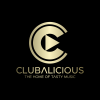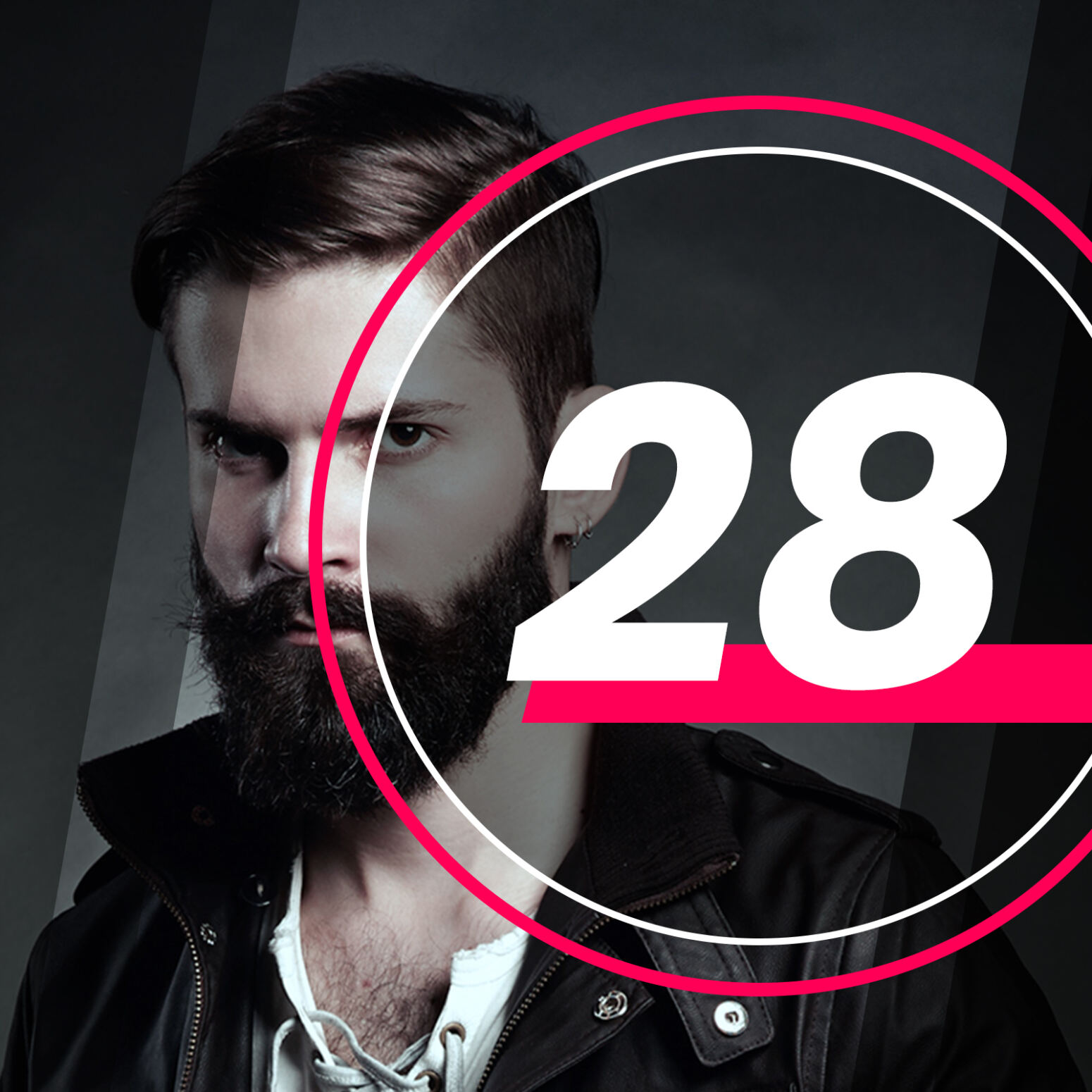-
 play_arrow
play_arrow
Clubalicious Clubalicious Radio
-
 play_arrow
play_arrow
London Calling Podcast Yana Bolder

New York, NY (October 24, 2024)—There’s no question that the coronavirus pandemic was a real stress test for the audio industry. Some companies closed and more than a few individuals quit or retired, but for those who chose to stick with it, adaptation became the name of the game. Broadcast organizations leveraged new technologies to stay on the air, while live sound companies and some recording studios pivoted to live streaming—anything to keep the lights on and meet payroll.
Post-pandemic, it’s a changed world, and while business has returned, it hasn’t necessarily been at previous levels, other than in live sound and, to an extent, record production.
But for anyone with the drive to survive, the current business climate does offer opportunities. Joel Singer and Mitch Maketansky, partners and cofounders of Music Mix Mobile (M3), are survivors. Singer, who is responsible for equipment choices and technical infrastructure across the company’s fleet of four remote audio trucks and various fly-pack mixing systems, notes that things got very busy post-pandemic, but have now slowed.
“We speak to many companies in the entertainment sector and all say the same,” he says. “Freelance A1s and A2s are not doing the same amount of work that they did in the last two years. It seems the only ones that are still doing well are the major touring companies.”
That’s not to say that M3’s trucks are sitting idle. You’ll still find them at the bigger broadcast award shows—the Grammys, Latin Grammys and CMAs—as well as music festivals and events hosted by the likes of iHeart Music. But a recent call from a Danish production company got Singer thinking. “They called us and said, ‘We’re going to do a web stream in the U.S. Do you have an immersive truck?’ They don’t use the word Atmos in Europe; they use the word immersive. Then we started getting calls from other clients wanting to do immersive testing, also.”
PAST MEETS PRESENT
Two of M3’s trucks, Eclipse and Voyager, travel as a matched pair to the major live music broadcast events, mixing alternate artists in each based on the show’s running order. To provide everyone with the same platform, the two trucks need to remain identically outfitted. For Singer, Maketansky and staff engineer Peter Gary, that meant that the ideal truck to upgrade for full-time immersive work was M3’s appropriately named Phoenix mobile.

Singer got into the remote recording business in 2003, rolling out his OSR (OnSite Recording Services) truck soon thereafter. With the help of Nashville-based friends, he outfitted the truck with what may well have been one of the first Yamaha DM2000 digital desks and Aphex 1788 remote mic preamps in the country. His cutting-edge, all-digital OSR truck caught the attention of NYC’s Effanel Music, which had been having great success with its L7 Music truck and its very pricey AMS Neve Capricorn digital console. Looking to remodel Effanel for more modern-day, budgetconscious work, the company brought in Singer—and his new truck.
Singer later left the company to establish M3 with his founding partners, and when Effanel, which had been acquired by XM Satellite, closed its doors, Firehouse Productions bought all its assets. In 2014, on the brink of buying a new vehicle for M3, Singer phoned Firehouse to see if they happened to still have the old OSR truck body.
“Their answer was, ‘Come take it off the property, it’s yours!’” Singer recalls. “Firehouse was using it as a delivery truck and had taken the control room off the chassis. The box was still in great condition; belly carriers, AC units, the whole deal.” Singer then took the OSR box and a new chassis to M3’s regular truck builder, and, voila, with an audio tech rebuild, the reborn Phoenix emerged.
PHOENIX IN ATMOS
Over the years, M3 has standardized and continually upgraded much of its audio equipment, from desks to remote mic preamps to transport systems. At the heart of all the vehicles and fly-packs are Lawo consoles. “We own three MC56-2 systems, two with Nova73 HD cores and one with a Nova 73 compact core. We also have two MC36 systems,” Singer reports. He recently acquired another 73HD core with a 32-channel surface for an additional fly-pack system from two broadcast companies that were going out of business.
The Lawo desks and cores have been upgraded to ST 2110, as have M3’s remote Dallis and PowerCore racks. “We can do network sharing, we can do SRC sharing; we can do a lot of different network-type things with these systems,” he says, noting that each truck’s preamp complement, 168 channels, is typically dedicated. “Network sharing of preamps in a recording environment is not our way to go, especially on bigger shows where keeping systems optimized for each act is essential, but utilizing SMPTE 2110 for what other benefits it offers is a game-changer.”
None of M3’s Lawo desks were the version that supported native immersive panning and monitoring without complicated outboard computers, so Singer consulted with the manufacturer and industry colleagues to find the best way forward. Choices were limited without expensive upgrades, so the optimum solution turned out to be configuring the Phoenix desk with a 5.1 bus, plus a 4.0 bus for the height channels. “We did a 5.1.4 configuration with one central monitor control, so everything still works as normal,” Singer notes. “We have proper centralized monitoring on the desk without the need for outboard monitoring systems.”
M3 Weathers the Pandemic
This latest upcycling of Phoenix, 10 years after its first rebirth, also gave Singer an opportunity to revisit the choice of monitors. For the longest time, at the request of a former business partner, M3’s trucks housed M&K speakers. For the new Phoenix 5.1.4 setup, Singer has returned to Genelec, his previous monitor brand of choice, installing 8341 LCR speakers, 8331 for LR/RR and four 8330s for the height channels. A 7360 sub handles the low end.
“We put them in with Will Eggleston from Genelec and, man, they sound so good, so clear and musical, and they have the sound pressure level that you want in the room,” he comments. A Stream Deck, integrated with Genelec’s GLM management software, allows an operator to switch bass management on or off, mute speakers and toggle between presets, which can be customized and saved for any guest engineers.
“We are also very excited to work with our plug-in partner, Waves, and the immersive possibilities in the current product line, and what may be coming down the pike,” Singer adds.
M3 already has some large immersive projects to its credit, capturing audio for Katy Perry, Alicia Keys, Luke Combs and others. “Now, with the Phoenix truck, we can capture audio for immersive release and at the same time preview for the client the possibilities of what this soundscape might sound like,” Singer says. “We are equipped and ready for live immersive broadcast.”
Written by: Admin
Similar posts
Recent Posts
- 🎶 New Music: JID, OneRepublic, Morgan Wallen, Post Malone, MarkCutz, Kidd Spin + More!
- Classic Tracks: The Fireballs’ “Sugar Shack”
- Classic Tracks: Arlo Guthrie’s “City of New Orleans”
- Classic Track: k.d. lang’s “Constant Craving”
- Classic Tracks: Waylon Jennings’ “Are You Sure Hank Done It This Way”
Recent Comments
No comments to show.Featured post

Latest posts

🎶 New Music: JID, OneRepublic, Morgan Wallen, Post Malone, MarkCutz, Kidd Spin + More!

Classic Tracks: The Fireballs’ “Sugar Shack”

Classic Tracks: Arlo Guthrie’s “City of New Orleans”

Classic Track: k.d. lang’s “Constant Craving”

Classic Tracks: Waylon Jennings’ “Are You Sure Hank Done It This Way”
Current show

Stereo Productions
Chus Ceballos
Stereo Productions is synonymous with exciting electronic music today. The label has emerged as the figurehead of the hugely prolific Spanish electronic music scene.
closeUpcoming shows

Fresh Is Fresh
This Weeks Hottest Releases
21:00 - 00:00
Love To Be
The Global Connection
00:00 - 02:00
Fresh Is Fresh
This Weeks Hottest Releases
02:00 - 09:00
Norwegian Dance Chart
Top 40 Hottest Tracks in Norway
09:00 - 11:00
Fresh Is Fresh
This Weeks Hottest Releases
11:00 - 16:00Chart
Powered by Dee jay promotions visit us







 Invalid license, for more info click here
Invalid license, for more info click here